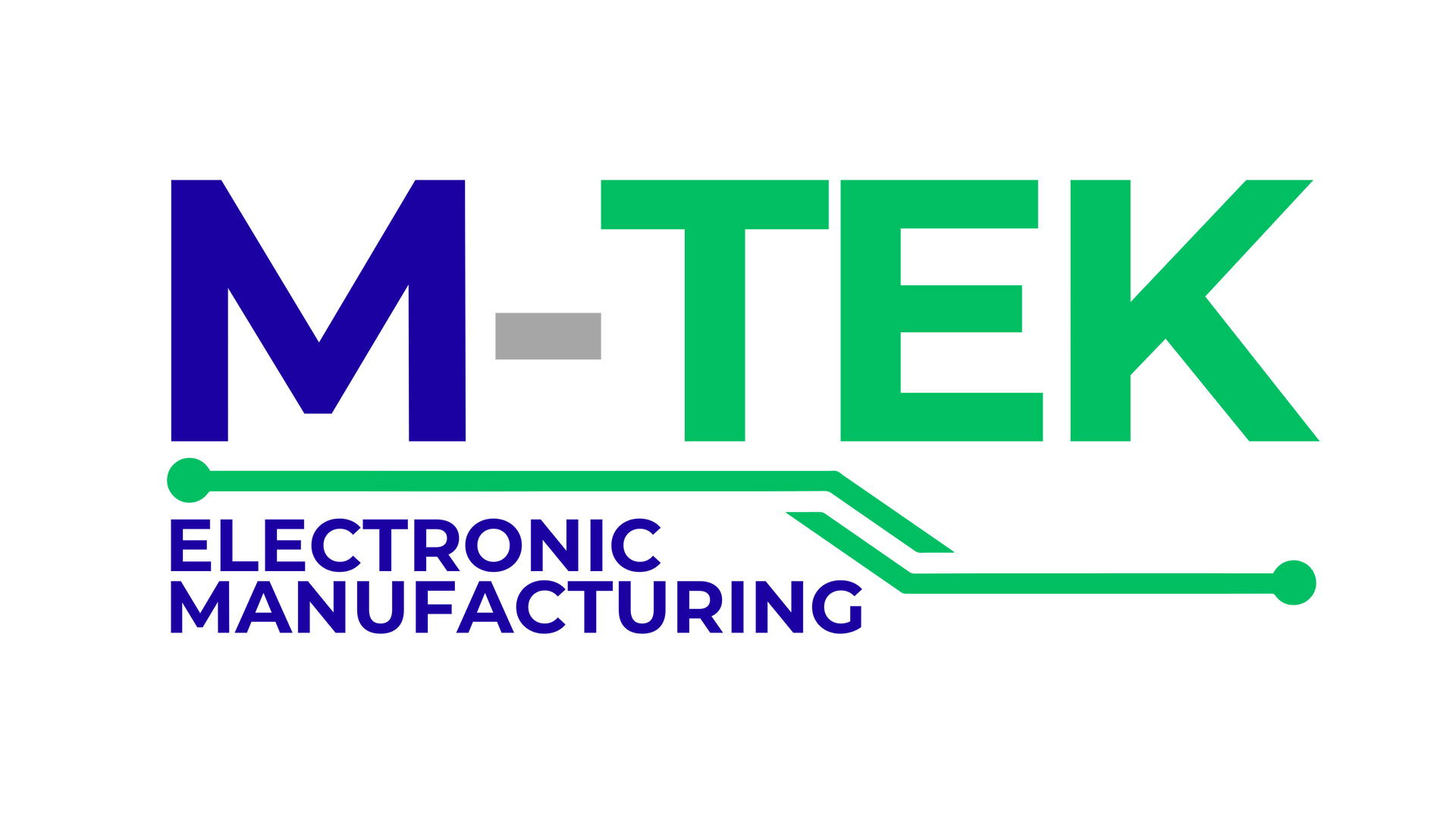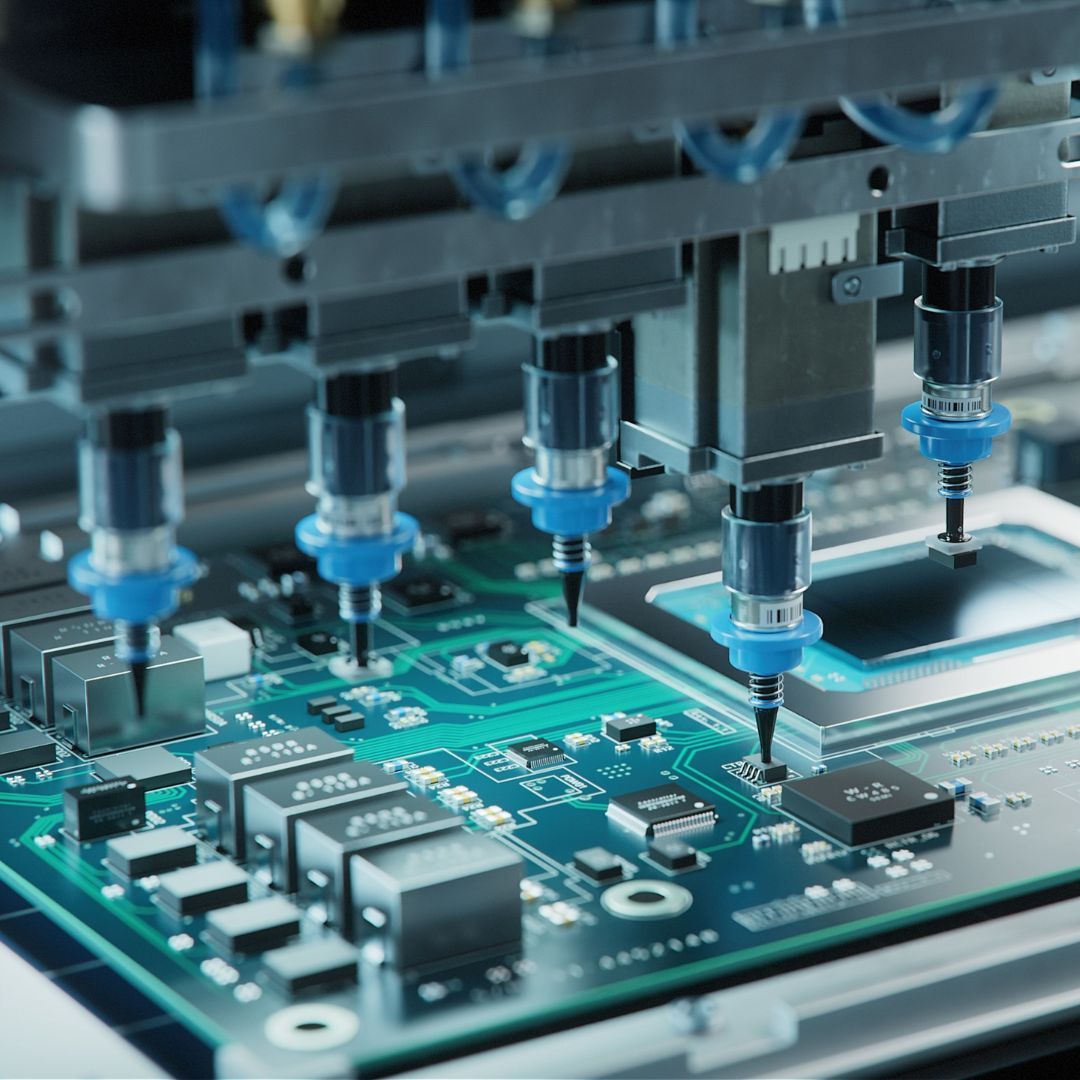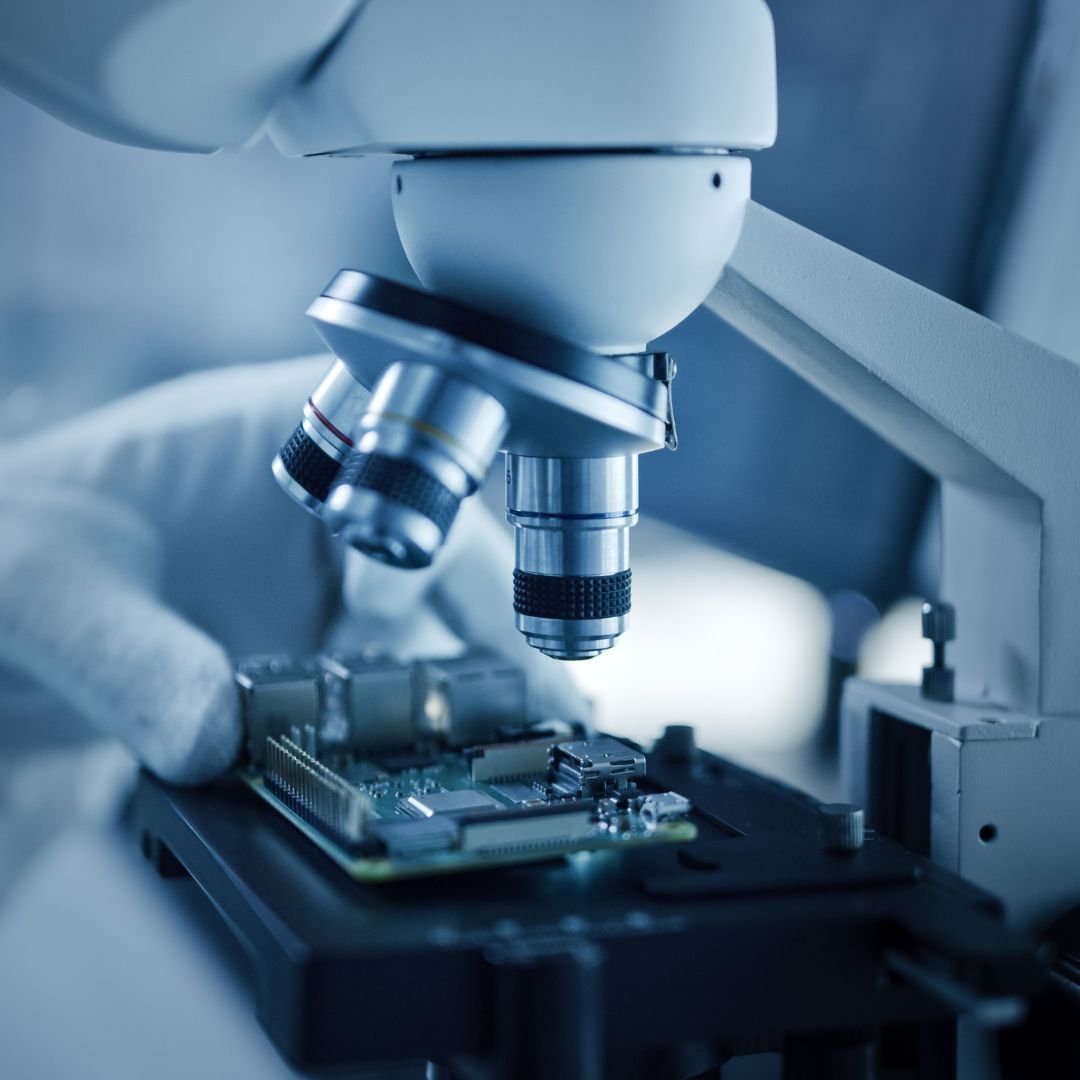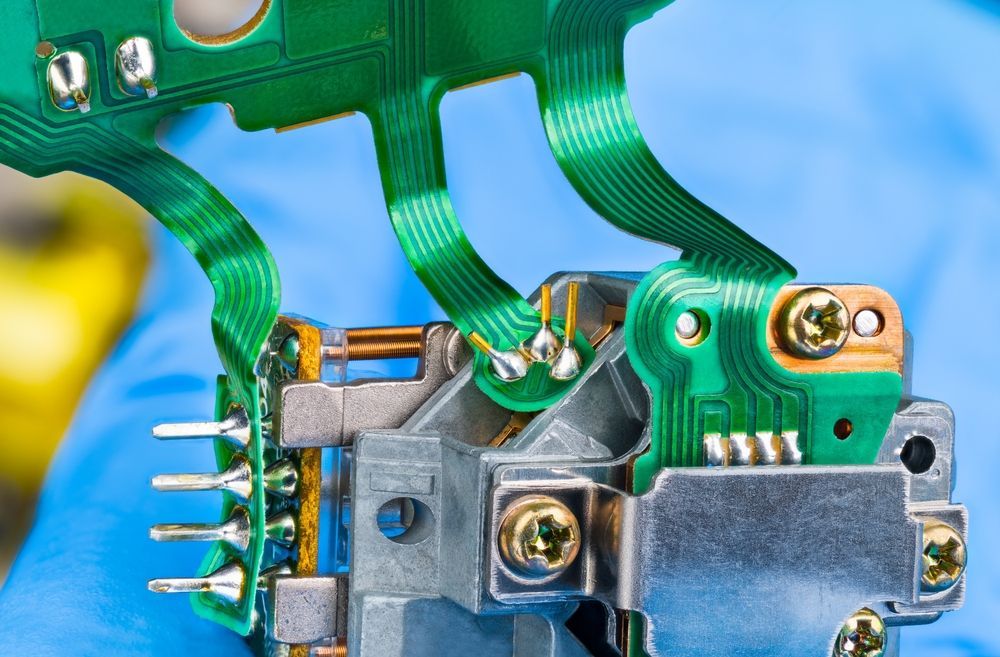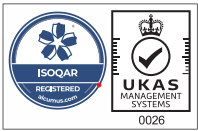What is Rapid Prototyping?
Rapid prototyping (RP) utilises multiple manufacturing techniques to rapidly create a physical part directly from its CAD model data. Rapid prototyping can be used for any component or sub-component at any stage of the product development process. To achieve the desired component, prototyping can be repeated hundreds of times throughout the new product design process using test data.
Rapid prototyping is a relatively new term that refers to the process of quickly creating a prototype to visually and functionally analyse a component or some part features. Individual parts are sometimes quickly created separately and constructed to evaluate the prototype product. But, what exactly is a prototype? A prototype in the sense of engineering product design is a preliminary replica of the end product used to analyse the design, test the technology, evaluate the working principle, as well as provide final product requirements. Prototypes are essential in the design of engineering products and, more importantly, in the development of new products.
Why is Rapid Prototyping Important?
Businesses should develop and launch new products more quickly to compete in today's fast-paced consumer market. Since faster product innovation and technical development are critical to a business's future, rapid prototyping has emerged as the most important component of new product development. Rapid prototyping accomplishes the following goals for businesses:
- Rapid new product development – Because it accelerates the new product development process, rapid prototyping is critical in the process of creating successful products.
- Product validation at the final stage against technical requirements and business objectives.
- It enables functionality testing to validate the concept's objectives and finalise the product specification.
- Early-stage design/concept validation of the design's form, fit, and operation.
- The prototype provides the end-user, client, customer, and user participants with a hands-on user experience to obtain feedback.
The Benefits of Rapid Prototyping?
So, what exactly are the benefits of incorporating rapid prototyping into your product development process? One advantage is that businesses can save a significant amount of time because everyone can now see and discuss the next product. When everyone can see the same thing at the same time, a very abstract idea that may be confusing to some becomes much clearer. Furthermore, holding a future product allows you to experience it. Better memory and a deeper understanding are formed by touching and passing around a product. This is particularly useful when pitching products at external or internal meetings.
Another advantage is that a rapid prototype can be shown to focus groups, work colleagues, consumers, and distributors. They can be asked how they feel about the product and if they like the prototype or the overall experience. The main advantage of using rapid prototyping is that major mistakes and design errors can be avoided. For example, you may discover sooner that your product will not ever work as expected. Something that appears to be fine on a computer monitor may be horrible looking or entirely oversized in reality. Rapid prototypes allow you to iron out and perfect components before they go into production.
About M-Tek
By using M-Tek for your rapid prototyping and PCB service needs, you will also be helping to save the environment. We have achieved a net-zero carbon footprint through the use of electric vehicles, and we plant a tree for every circuit board we build! Contact one of our experts today for assistance with your SMT and PCB assembly. To stay up to date on our services, call us at 01189 455377 or follow us on Twitter.
Recent Posts
Call Our Team
Want to find out more about our PCB assembly services? Speak to our team to find out how we can help you.
Join the Newsletter
We will get back to you as soon as possible
Please try again later
